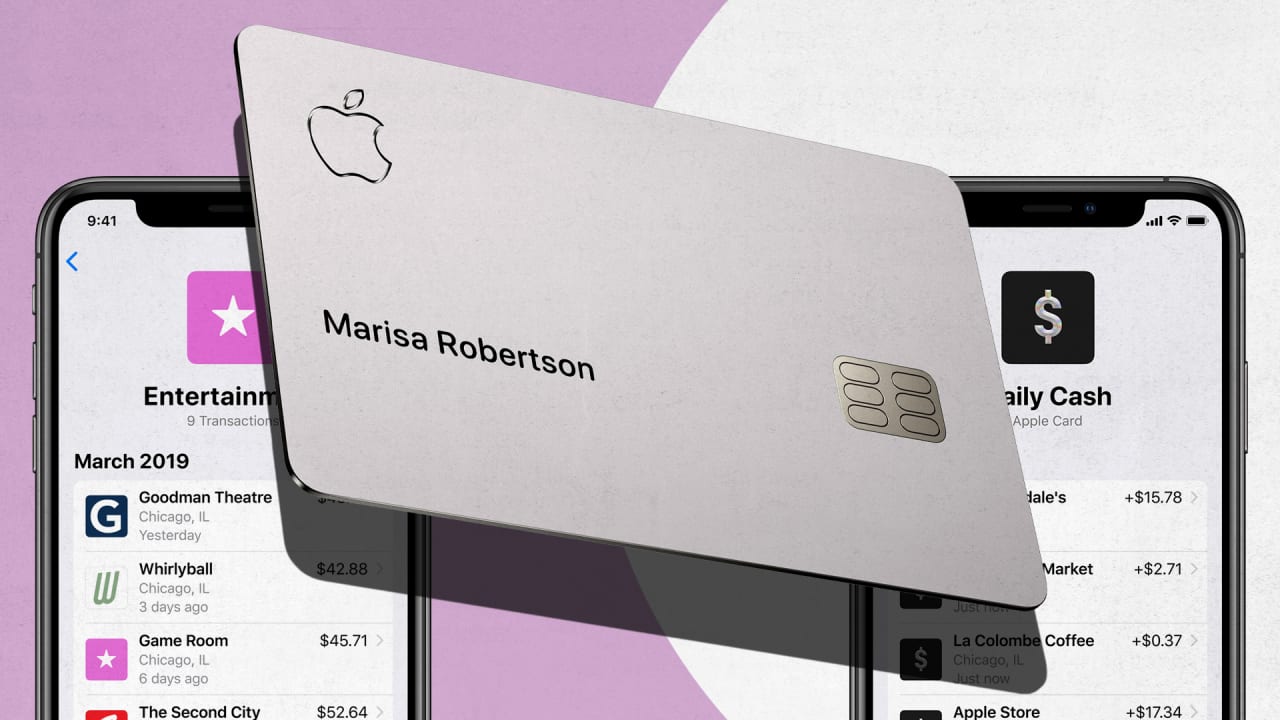At its Spring Loaded event held virtually on Tuesday, the very first thing Apple announced was a new Apple Card feature called Apple Card Family. Available in the U.S. in May, Apple Card Family allows two people to co-own an Apple Card credit card, merging their credit lines while building credit together equally. Apple Card Family also lets parents share an Apple Card with their children. This comes almost a month after the New York State Department of Financial Services (NYDFS) released a report that cleared Apple and Goldman Sachs of gender-based discrimination. That followed an investigation initiated by online complaints shared shortly after the card’s initial launch in 2019. At the time, tech entrepreneur David Heinemeier Hansson tweeted that he had received a credit limit that was 20 times higher than what his wife Jamie was offered despite her higher credit score . The path to women’s credit independence started with the Equal Credit Opportunity Act of 1974. In its investigation, NYDFS found that gender was not a factor influencing Apple Card eligibility. Still, spouses’ credit scores, debt, income, missed payments, how they used their credit, and other credit history elements were considered. In the end, NYDFS concluded that none of the factors identified was an “unlawful basis” for a credit determination. Despite this finding, there’s still a need for more transparency regarding the current credit score system. In Apple’s press release about Apple Pay Family, Jennifer Bailey, the company’s VP of Apple Pay, acknowledged that issue saying, “we designed Apple Card Family because we saw an opportunity to reinvent how spouses, partners, and the people you trust most share credit cards and build credit together. There’s been a lack of transparency and consumer understanding in the way credit scores are calculated when there are two users of the same credit card since the primary account holder receives the benefit of building a strong credit history while the other does not.” The path to women’s credit independence started with the Equal Credit Opportunity Act of 1974, which put an end to lenders requiring women to have male cosigners on loans. Before then, women might have also been required to make larger down payments on homes than men with similar credit profiles. [Photo: Apple] While these practices became illegal, other factors also impacted women’s ability to access credit. Income is usually a primary qualifier for creditors, and considering the income gap between women and men, it is easy to see how that would negatively impact women’s credit. According to Payscale, as of March 2021, women earned 82¢ for every dollar a man makes. That pay gap does not affect credit alone. It also impacts the ability to repay debt such as student loans, which in return negatively impacts credit.

See the rest here:
The Apple Card’s new feature tackles one of credit’s biggest problems